Table of Contents
- How to Tell Cilantro and Italian Parsley Apart
- Flavor Profiles and Taste Differences
- Culinary Uses: When to Use Cilantro vs Italian Parsley
- Storage and Usage Tips for Fresh Herbs
- Buying Guide: How to Choose Fresh Cilantro and Italian Parsley
- Frequently Asked Questions About Cilantro and Italian Parsley
- Conclusion: Which Herb Should You Use?
How to Tell Cilantro and Italian Parsley Apart
Cilantro and Italian parsley are frequently mistaken for each other due to their similar green appearance, but they have distinct flavors, textures, and culinary uses. This guide explains how to tell them apart, their flavor profiles, best uses, storage tips, and common substitution questions to help you master these herbs in your cooking.

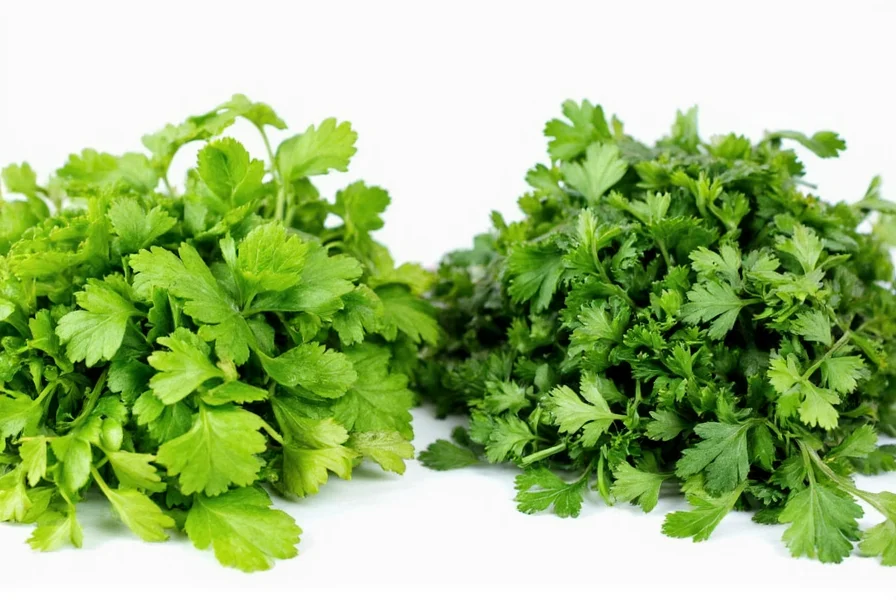
How to Tell Cilantro from Italian Parsley by Appearance and Flavor
While both herbs are leafy and green, their visual characteristics, flavors, and textures are distinctly different. Here's how to identify them:
| Feature | Cilantro | Italian Parsley |
|---|---|---|
| Leaf Shape | Rounded, ruffled edges with a more delicate texture | Flat, sharply defined, angular leaves with sturdy texture |
| Stem Structure | Thin, fragile stems that snap easily | Thicker, rigid stems that hold shape well |
| Color | Brighter, lighter green hue | Darker, richer green color |
| Flavor Profile | Lemony, citrusy, with soapy notes for some people due to aldehydes | Mild, grassy, slightly peppery with earthy undertones |
| Smell | Pungent, herbal aroma with citrus notes | Fresh, clean scent with subtle green notes |
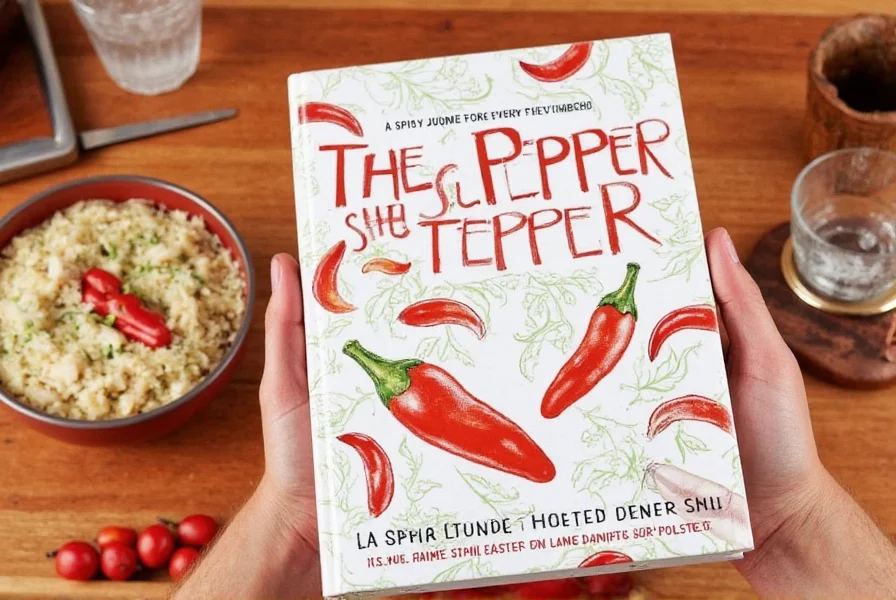
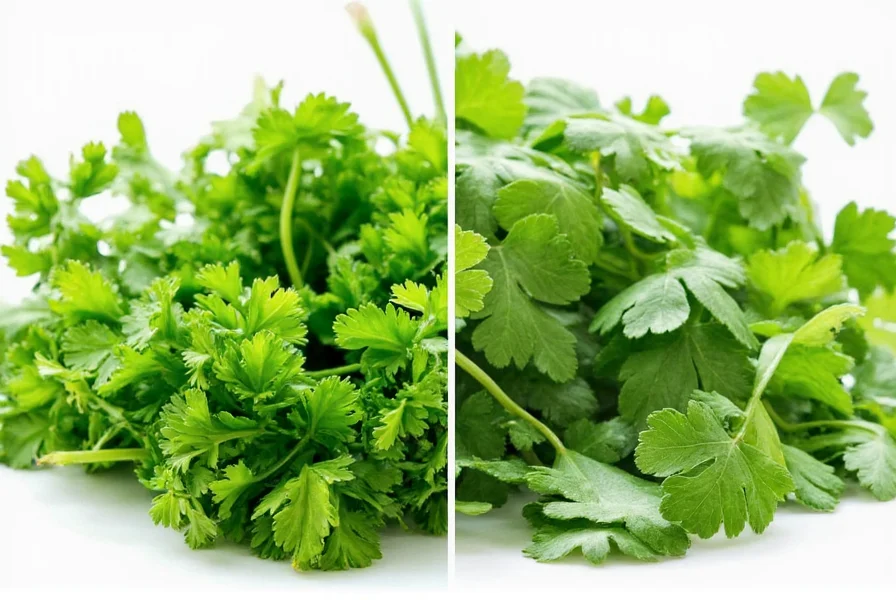
Flavor Profiles and Taste Differences
Cilantro's flavor is intensely bright and citrusy, with a distinct soapy note for approximately 21% of the population due to genetic sensitivity to aldehydes in the herb. This makes it ideal for Mexican salsas, Indian curries, and Thai dishes where its boldness complements spicy flavors. However, it loses flavor quickly when cooked, so it's typically added at the end.
Italian parsley has a much milder, more neutral flavor with subtle grassy and peppery notes. It doesn't overpower other ingredients, making it perfect for Mediterranean dishes like pasta, soups, and sauces where it provides fresh background notes without dominating the dish. Unlike cilantro, it holds up well to cooking and can be used throughout the preparation process.

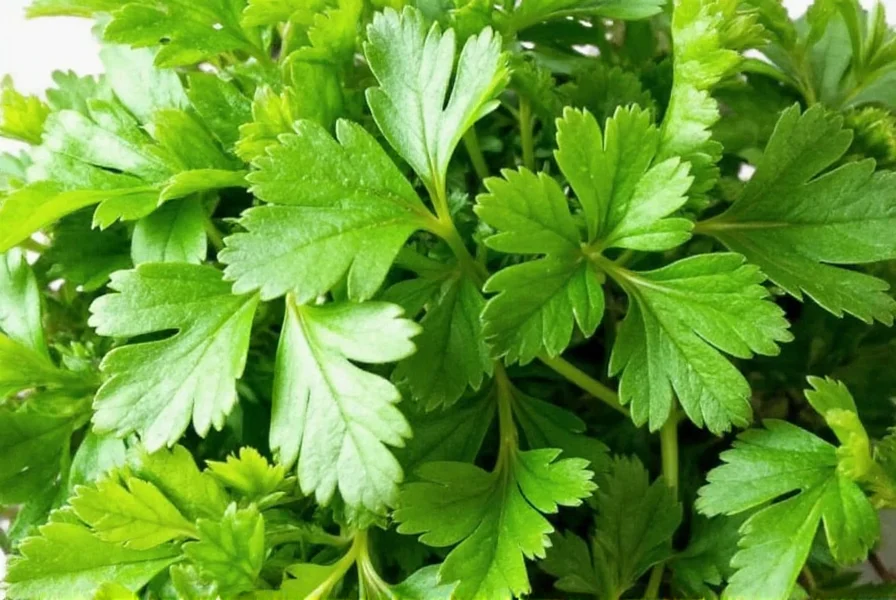
Culinary Uses: When to Use Cilantro vs Italian Parsley
Choosing the right herb depends entirely on the dish you're preparing. Here's how to use each one effectively:
- Cilantro: Best for raw applications where its bright flavor shines. Use in Mexican dishes like guacamole, salsa, and tacos; Southeast Asian salads and dipping sauces; Indian chutneys and curries; and as a finishing touch for Vietnamese pho. Never cook it for long periods as heat destroys its delicate flavor.
- Italian Parsley: Works well in both raw and cooked dishes. Use as a garnish for roasted meats, in Italian pesto, Mediterranean tabbouleh, French sauces like beurre blanc, and as a base for herb butter. It holds up to heat better than cilantro, making it suitable for soups, stews, and roasted vegetable dishes.
Storage and Usage Tips for Fresh Herbs
Proper storage preserves freshness and flavor. Here's how to keep both herbs at their best:
- Cilantro: Store upright in a glass of water (like flowers) with a loose plastic bag cover in the refrigerator. Use within 3-5 days for peak freshness. For longer storage, chop and freeze in olive oil in ice cube trays.
- Italian Parsley: Wrap in a damp paper towel and place in a sealed plastic bag in the crisper drawer. Lasts 7-10 days. Can also be dried easily by hanging bunches upside down in a cool, dark place.
- General Tips: Chop herbs just before using to preserve volatile oils. Never wash before storing as moisture accelerates spoilage. For maximum flavor, add cilantro at the end of cooking and parsley earlier in the process.
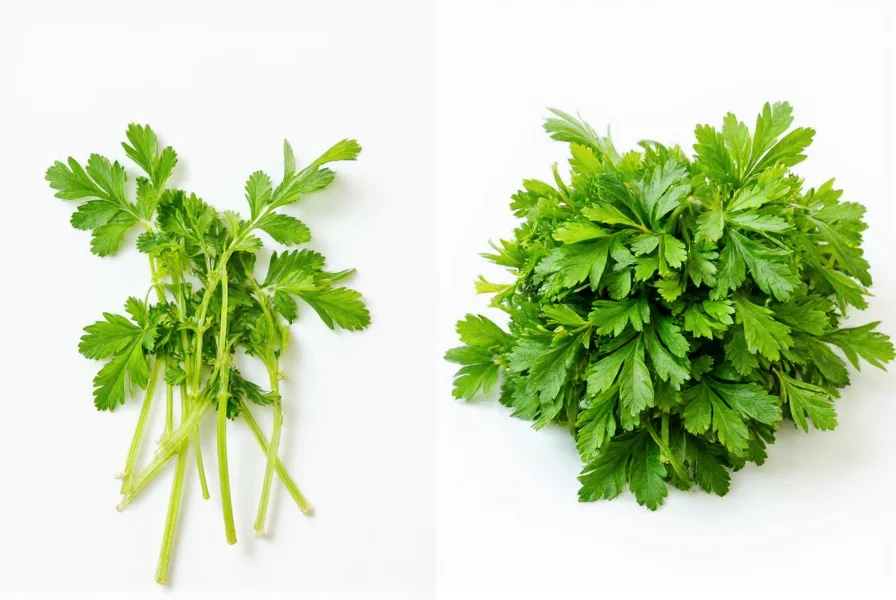
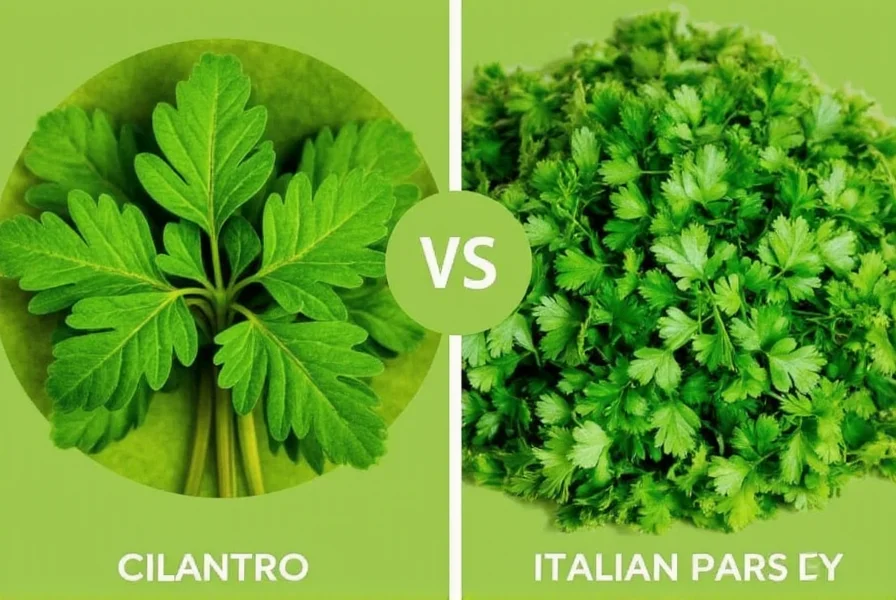
Buying Guide: How to Choose Fresh Cilantro and Italian Parsley
When selecting herbs at the store, look for these quality indicators:
For Cilantro
- Vibrant green leaves with no yellowing or wilting
- Firm, crisp stems that snap cleanly when bent
- Strong citrus aroma when gently crushed between fingers
- Organic options recommended to avoid pesticide residues on delicate leaves
For Italian Parsley
- Compact, dense bunches with uniform leaf size
- Deep green color without pale or yellowing sections
- Sturdy stems that don't bend too easily
- Fresh, clean scent without musty or sour notes
Both herbs are widely available at grocery stores, farmers' markets, and online retailers. For the best quality, purchase from specialty produce sections rather than pre-packaged options when possible.
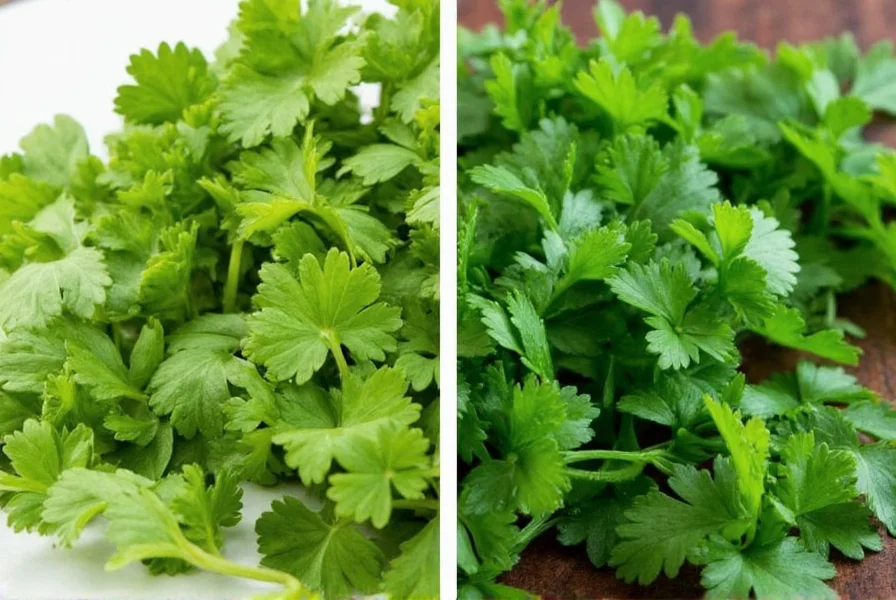

Frequently Asked Questions About Cilantro and Italian Parsley
Can I substitute cilantro for Italian parsley (or vice versa) in recipes?
While both are leafy green herbs, they have fundamentally different flavor profiles. Cilantro's bold citrus notes work best in Mexican, Indian, and Asian dishes, while Italian parsley's mild grassy flavor suits Mediterranean cuisine. Substituting one for the other will significantly alter the dish's taste. For authentic results, use the herb specified in the recipe. If substituting is necessary, use half the amount of cilantro when replacing parsley due to its stronger flavor.
Why does cilantro taste like soap to some people?
Approximately 21% of the population has a genetic variation affecting olfactory receptors, causing them to perceive aldehydes in cilantro as soapy. This trait is linked to the OR6A2 gene. Italian parsley contains no aldehydes and provides similar fresh herbal notes without the soapy taste, making it an excellent alternative for those who dislike cilantro's flavor.
How long do cilantro and Italian parsley last in the refrigerator?
Cilantro typically lasts 3-5 days when stored upright in water with a plastic cover in the fridge. Italian parsley lasts 7-10 days when wrapped in a damp paper towel and sealed in a plastic bag. Neither freezes well in leaf form, but chopping and freezing in olive oil extends usability for cooking purposes.
Which herb is better for garnishing dishes?
Italian parsley is traditionally preferred for garnishing due to its mild flavor and flat, attractive leaves that hold shape well. Its subtle taste won't overpower the dish, and the uniform appearance provides elegant presentation. Cilantro is usually used as an integral ingredient rather than garnish because of its strong flavor, though it can be used as a finishing touch in appropriate cuisines like Mexican or Southeast Asian dishes.
Can I grow both cilantro and Italian parsley at home?
Yes, both are easy to grow. Cilantro prefers cooler temperatures (60-70°F) and bolts quickly in heat, so plant in spring or fall. Italian parsley is more cold-tolerant and can grow as a biennial in many climates. Both need well-draining soil and 4-6 hours of sunlight daily. Harvest outer leaves regularly to encourage new growth.
Is there a difference in nutritional value between cilantro and Italian parsley?
Both are nutrient-dense, but Italian parsley contains significantly higher levels of vitamin K (over 100% daily value per cup) and vitamin C. Cilantro provides more vitamin A and has natural detoxifying properties due to its high concentration of antioxidants. Both are low-calorie herbs rich in folate and minerals, but Italian parsley generally offers more concentrated nutrients per serving.
How can I tell cilantro and Italian parsley apart just by looking at them?
Cilantro leaves are rounded with ruffled edges and appear brighter green, while Italian parsley has flat, sharply defined leaves with a darker green hue. Cilantro stems are thin and delicate, whereas Italian parsley has thicker, more rigid stems. When held side-by-side, cilantro looks more delicate and less uniform, while Italian parsley appears denser and more structured.
Conclusion: Which Herb Should You Use?
In summary, cilantro and Italian parsley serve different culinary purposes despite their visual similarities. Cilantro brings bold, citrusy notes perfect for specific cuisines like Mexican and Asian dishes, while Italian parsley offers mild versatility for Mediterranean cooking and everyday use. Understanding their distinct characteristics allows you to choose the right herb for each recipe and elevate your cooking results.
Remember that fresh herbs transform ordinary dishes into extraordinary ones. Whether you're a fan of cilantro's zesty punch or Italian parsley's subtle brightness, mastering these two herbs will make you a more confident and creative cook.
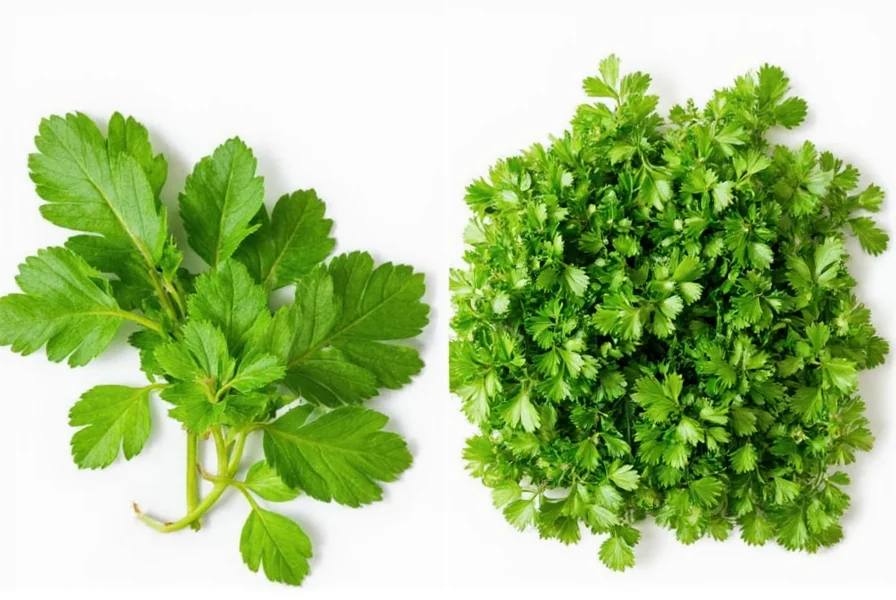


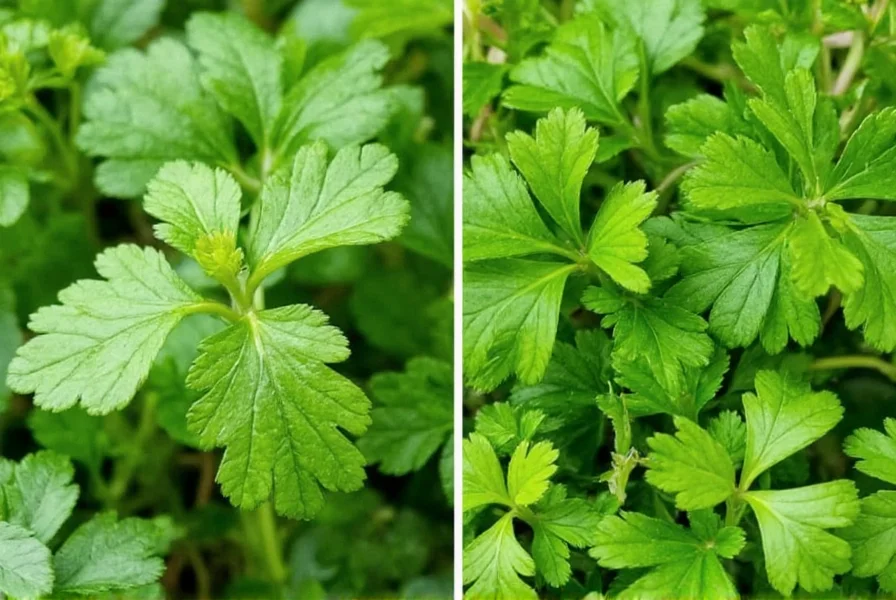









 浙公网安备
33010002000092号
浙公网安备
33010002000092号 浙B2-20120091-4
浙B2-20120091-4